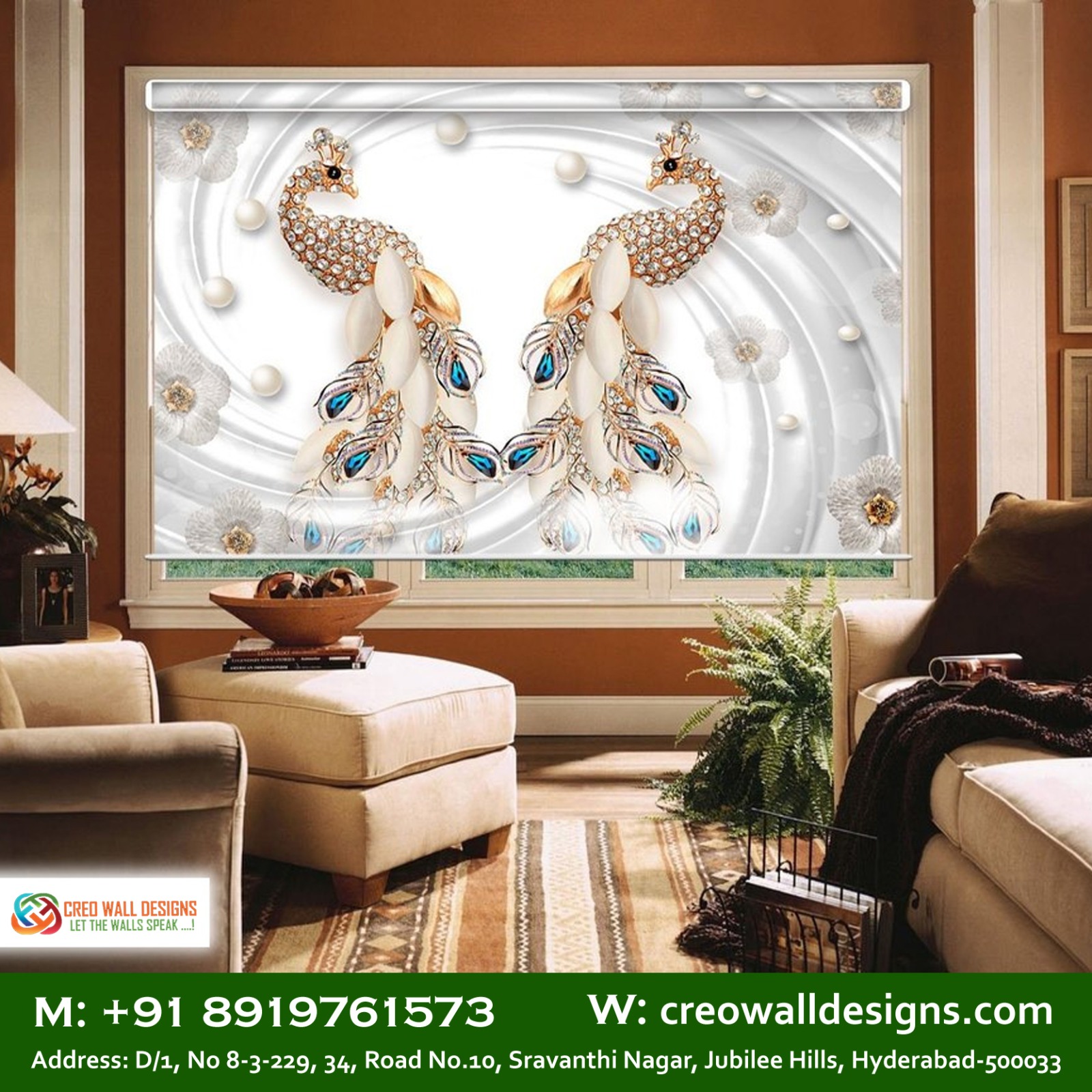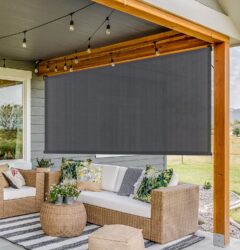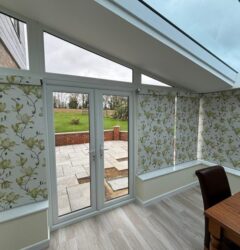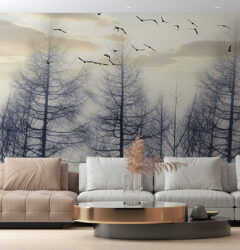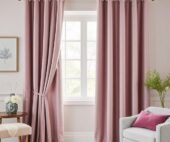Blinds are a versatile and practical window treatment option for homes, and there are several styles and materials to choose from. Here’s a breakdown of some popular types and tips for selecting the best ones:
1. Types of Blinds
Venetian Blinds: These are the classic horizontal slats made of wood, faux wood, metal, or plastic. They’re adjustable, allowing you to control light and privacy.
Vertical Blinds: Usually made from fabric or vinyl, these are great for large windows or sliding doors. They’re easy to clean and maintain, and they also allow for good light control.
Roller Blinds: Made of a single piece of fabric, they roll up or down to cover the window. Roller blinds offer a sleek look and come in various colors and opacity levels.
Roman Blinds: Fabric blinds that fold into pleats when raised, adding an elegant, layered look. They’re popular for bedrooms and living rooms for a more decorative effect.
Cellular (Honeycomb) Shades: Designed with small cells that trap air, these blinds improve insulation. They’re energy-efficient and come in different styles for light control.
Smart Blinds: These motorized blinds can be controlled remotely via smartphone or voice assistant, making them great for modern, connected homes.
2. Material Options
Wood: Wood blinds are durable and add warmth to a space. However, they aren’t ideal for humid areas like bathrooms or kitchens.
Faux Wood: These look like real wood but are made of PVC, making them a good choice for moisture-prone areas.
Aluminum or Metal: Lightweight and durable, aluminum blinds work well in high-traffic areas. They offer a modern look but can be noisier than other options.
Fabric: Fabric blinds provide a softer appearance and are available in many colors and patterns. They can be more challenging to clean than hard materials.
3. Choosing the Right Blinds
Purpose of the Room: Bedrooms might benefit from blackout or room-darkening blinds, while living rooms could use sheer or light-filtering options.
Light Control Needs: Consider how much light you want in each room. Blackout blinds are great for bedrooms, while more transparent ones work well in common areas.
Insulation Needs: For rooms with many windows or a lot of direct sunlight, cellular shades are ideal for insulation.
Maintenance: Faux wood and aluminum are easiest to clean, while fabric blinds might need spot cleaning or even professional cleaning.
Style and Aesthetics: Each type offers a unique look. Roman blinds add a soft touch, Venetian blinds have a classic feel, and roller blinds are minimalist.
4. Additional Features
Motorized Options: Smart blinds are a convenient choice for hard-to-reach windows or just added convenience. These can integrate with smart home systems.
Blackout Options: Some blinds come with a blackout backing to block all light, which is great for bedrooms or home theaters.
Cordless Design: Safer for homes with children and pets, many blinds now come with a cordless design.

